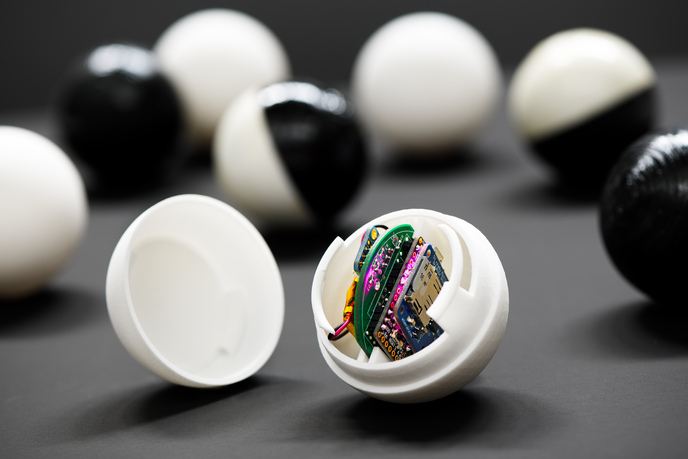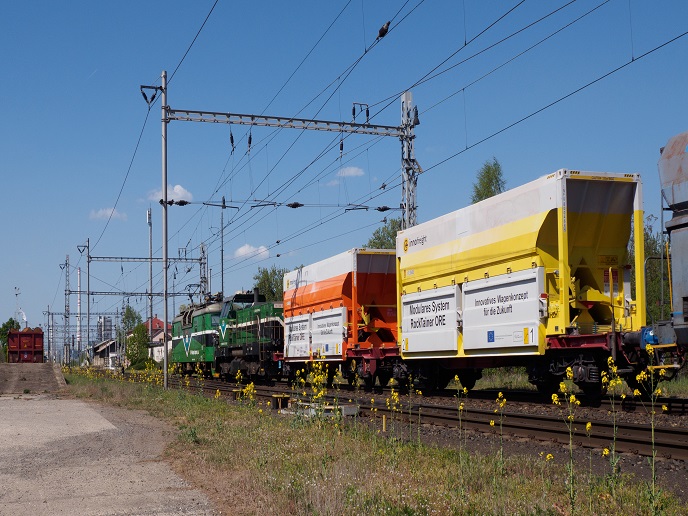Chipping away at the mysteries of the Universe
The scant information on various aspects of astral and galaxial genesis and evolution is largely due to a lack of observational data. Now researchers are in search of answers to questions surrounding the formation of stars and the chemical evolution of disc galaxies with bars. A disc galaxy is a flattened circular volume of stars. Galaxies, the large gathering of stars, may have bars, a central (bar-shaped) grouping of stars, or bulges, a closely packed, usually central grouping of stars. The 'The role of secular physical processes in the formation and evolution of disk galaxies' (Galdisk) project has set out to uncover the histories of star formation for the disc, bars and bulges of various galaxies. Achieving steps in this direction can take us a little closer to understanding how our Universe evolved to its present state: its chemistry, colour, gas, star light distribution and age. The EU-funded researchers have been successful in bringing together a method of observational analyses of stellar populations of galaxies and simulation of these galaxies. Using a 'grid' code, they have realised the first cosmological simulation of a Milky Way-like galaxy, and graphically demonstrated how stars like the Sun may have migrated from their place of birth to their current location. Observational work and high-performance computational techniques have been combined to highlight the physical mechanisms underlying the gradual transformation of the shapes of galaxies. Experimental results indicate that structures such as bars can survive for as long as their 'host' galaxy, but during their life also redistribute the material and thus change the appearance of the galaxy. An interesting discovery has been evidence of recent galactic cannibalism of satellite 'neighbours' in the stellar light of massive galaxies. As Galdisk's work continues, more information will help uncover mysteries behind the form and function of our Universe.






